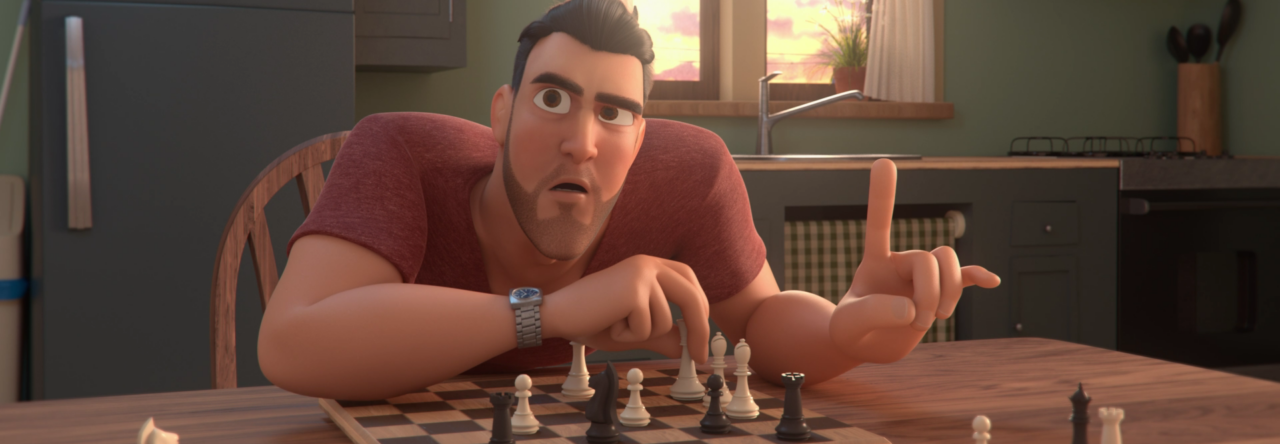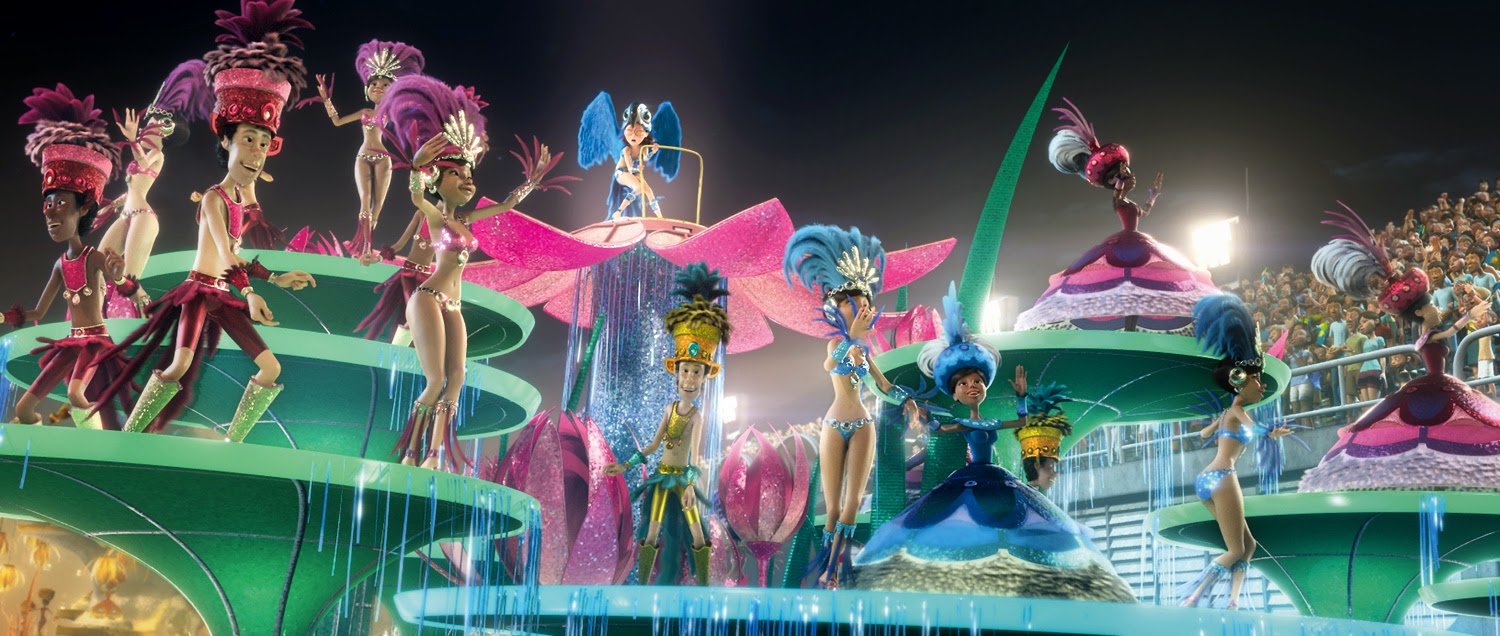What Should I Look for in an Animation School?
In order to shoot for the top in your profession, you need
to learn from the best. Look for instructors who are
currently working at some of the most popular studios in the
industry. From Dreamworks and Disney to Pixar and Blue Sky,
make sure the level of instructors prepares you for the 3D
workforce. Students should have full-time pros available
that provide continuous interaction and help with
problem-solving.
Are the sessions with the instructors live–not stale,
out-dated recordings of past lectures?
Any fair comparison will show: from animation, modeling and
rigging to drawing and art classes and additional open
review sessions, AnimSchool offers many more hours of live
teaching than any competing school, dollar for
dollar.
What Aspects of Learning 3D Animation are Important?
 There a number of animation courses out there, so look
There a number of animation courses out there, so look
closely at what they offer. Your school should provide
students with the highest quality character rigs,
the best instructors in live classrooms, then the
access to watch recordings of all of those classes,
the chance to get multiple review sessions each week,
extra classes to develop your art and drawing skills, a
place to collaborate with other students, see each
others’ assignments and leave comments.
A 2009 study, “The Development of Professional Expertise” showed the best way to learn at the highest
level is to get expert coaching. Have the student’s
performance evaluated so the student begins to notice
the differences — the gap between their performance and
expert-level performance. The process is repeated so
the student’s perception matures along with their ability to
follow any set of steps. To use this approach it isn’t
enough to just watch lectures on your own, so look for a
school that can provide this steady feedback loop.
 Look for an actual registered school, so they have
Look for an actual registered school, so they have
a long-term commitment to your education, helping
advise you through the program and advocate for you after
graduation. A school can provide that continued support and
relationship of trust, more than any loose set of workshops
or standalone classes. Learning animation isn’t a quick fix
— it’s a long process, so you want a school that is there
to assist you along the way.
Look for a dedicated support staff. People ready to
answer the phone whenever you call with a problem.
The school’s curriculum should give students a broad
overview of the animation field, while focusing on specific
skills that will qualify the students in a competitive
field. You may not want a school that teaches too broad a
curriculum: by the time you’re done, you may be a
jack-of-all-trades and master of none– and unable to
find a job.
A school that is too focused one one job only may leave you
with limited options to branch out to neighboring skills.
A school teaching more than one narrow job title may be a
big benefit if you ever want to try a different job in 3D
animation.
Or if you may want to make your own 3D animated short
someday.

AnimSchool offers the best environment for aspiring
students of animation– we offer our students all of the
benefits listed above. But remember that while your school
provides you with opportunities and tools for
success, it is up to the student to apply the teaching with
many hours of focused effort, daily.
Are Drawing Skills Important for Learning 3D Animation?
Can you learn 3D animation skills even if you can’t draw
well? Even if you are not skilled at drawing now, look for a
school that is committed to teaching the art as much as the
technical skills involved in learning 3D animation.
You can apply to animation schools with limited drawing
ability, but you should plan on becoming a better artist
through your schooling — and beyond! The animation world
needs artists with a confident vision of what they want to
create, more than technicians looking to others for artistic
vision.
You could get by without drawing, since it’s true that some
animators, modelers, and riggers don’t draw well. But
developing drawing will develop your artistic ability, which
increases your skill and makes you more attractive to
employers.
As Pixar and Disney president Ed Catmull says, learning
how to DRAW is really about learning how to SEE.
AnimSchool offers our students a free live drawing or
art class most terms, and free access to all previous
drawing and art class recordings — hundreds of hours of
learning.
Is Location Essential to Learning Animation?
You may look for animation colleges close to your home, or
one close to the places you’d like to work someday. But did
you know you can also learn right from home on the web?
Some students supplement their studies at a brick-and-mortar
college at an online school like AnimSchool. They may attend
at the same time as they’re attending college, in between
terms, or after they’ve graduated.
 Since 3D animation is a competitive field, many find they graduate
Since 3D animation is a competitive field, many find they graduate
traditional college only to discover it’s very hard to
land that first job without the close mentorship of top
animation pros.
Some students choose not to go college and go straight for
the highly successful learning model available at an online
animation school. Far from being disadvantaged, many of
those students find they qualify for top animation jobs —
over their brick-and-mortar peers.
AnimSchool is all online–on your computer, over high-speed
internet. Using the latest in web conferencing technology,
students can learn the craft of 3D computer animation right
from home.
Will I be Certified?
Look for a school that offers certification for
their instruction. That means they have complied with all
state regulations and tax laws for operating a school,
follow licensing laws designed to protect students from
fly-by-night classes that may be here today and gone
tomorrow, and have the proper infrastructure for
administering student needs. But remember, the most important qualification is not a piece of paper, but the skills you present in your portfolio!
AnimSchool provides students with a 21-month certificate
program, and employers are recognizing the quality of
our graduates who’ve earned those certificates.
Whatever choice you make, AnimSchool is here to help if you
want to learn 3D animation at the highest levels.
Click here to apply to one of our programs (or take a single class).





















